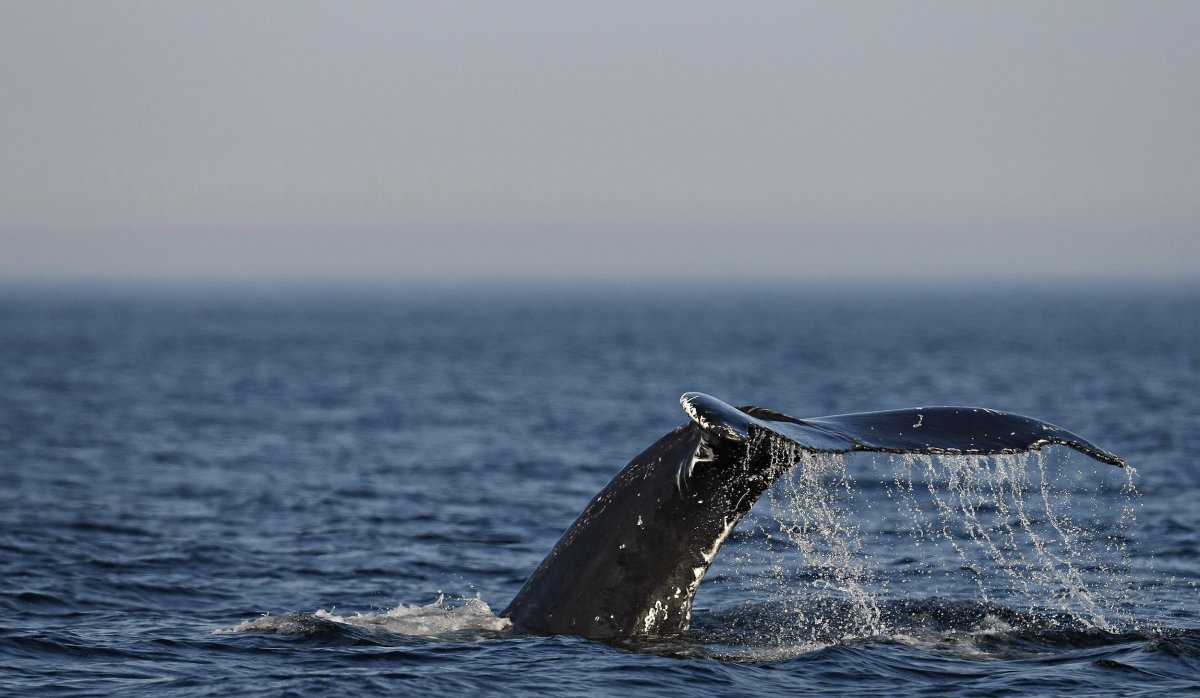Minke whales swim beneath the sea ice of Antarctica, one of the most difficult places on Earth to study. But scientists for the first time are uncovering the mysteries of the species by attaching cameras and capturing point-of-view footage of their journeys, according to World Wildlife Fund-Australia.
Led by Ari Friedlaender, a marine scientist with the University of California Santa Cruz, the project is part of an ongoing effort to better protect Antarctica's whale feeding areas.

Minke whales can grow up to 29 feet long and are the second smallest of the baleen whales. This group of whales is named for their specialized feeding plates that help them filter krill and small fish out of the water. They use a method called lunge feeding: The whales swim at high speeds with their mouths wide open, swallowing large portions of prey along with a great amount of water.
"What was remarkable was the frequency of the lunges and how quickly they could process water and feed again, repeating the task about every 10 seconds on a feeding dive," Friedlaender said in a statement earlier this month. He described the continuously feeding whale as "like a Pac-Man."

Attaching cameras to whales isn't easy. In a statement, Friedlaender called it one of the "most memorable moments" of his scientific career. Held with suction cups, the cameras are designed to fall off after 24 to 48 hours. After one camera nearly slid off the back of a whale, the change of viewpoint allowed researchers to watch the whale's throat expanding, another part of its feeding process.
But the purpose of the cameras isn't just the "wow!" factor; seeing life from a minke whale's perspective could help conservationists protect the species. Minke whales are threatened by the changing climate. As sea ice continues to melt, their habitats shrink and they become more susceptible to killer whales. Krill fisheries also threaten these whales. The World Wildlife Fund-Australia, which is funding the whale-cam project, has been working toward increasing protected marine areas, especially in Antarctica. Understanding where exactly the whales feed is crucial for this work.
"WWF is working with Dr. Friedlaender and his team to put his vital new information about whales before decision makers," Chris Johnson, senior manager of WWF's Antarctic Program, said in a statement. "These tags are helping us understand not only how baleen whales forage but also the locations of their favorite feeding spots."
Uncommon Knowledge
Newsweek is committed to challenging conventional wisdom and finding connections in the search for common ground.
Newsweek is committed to challenging conventional wisdom and finding connections in the search for common ground.
About the writer
Sydney Pereira is a science writer, focusing on the environment and climate. You can reach her at s.pereira@newsweekgroup.com.
To read how Newsweek uses AI as a newsroom tool, Click here.








